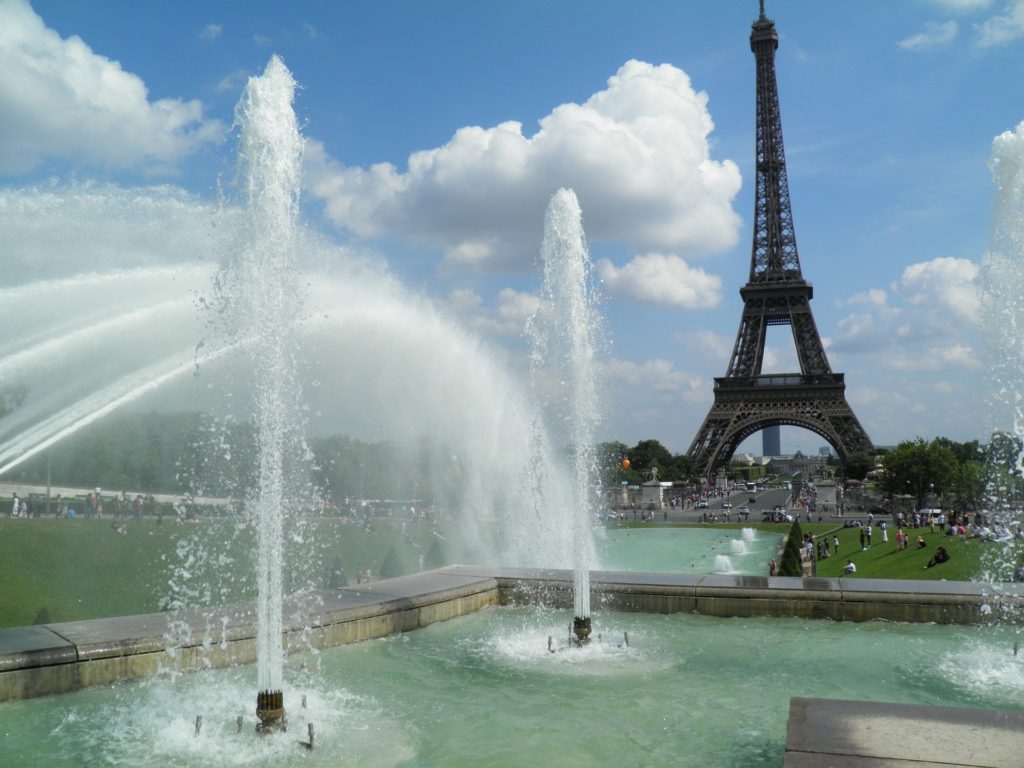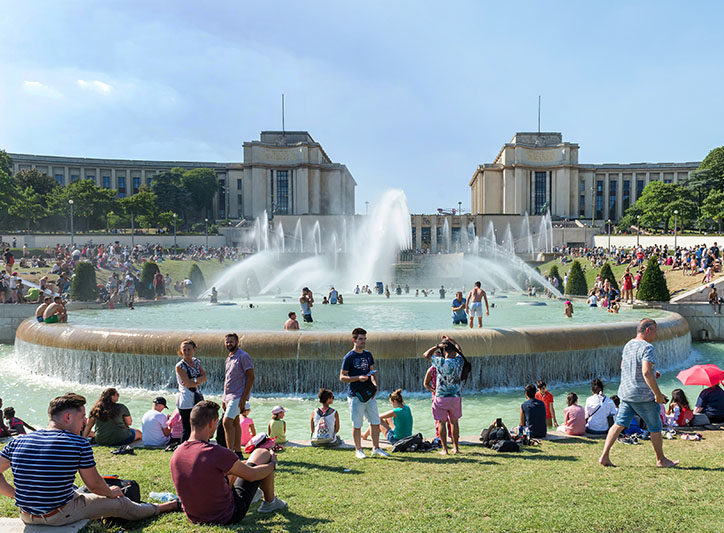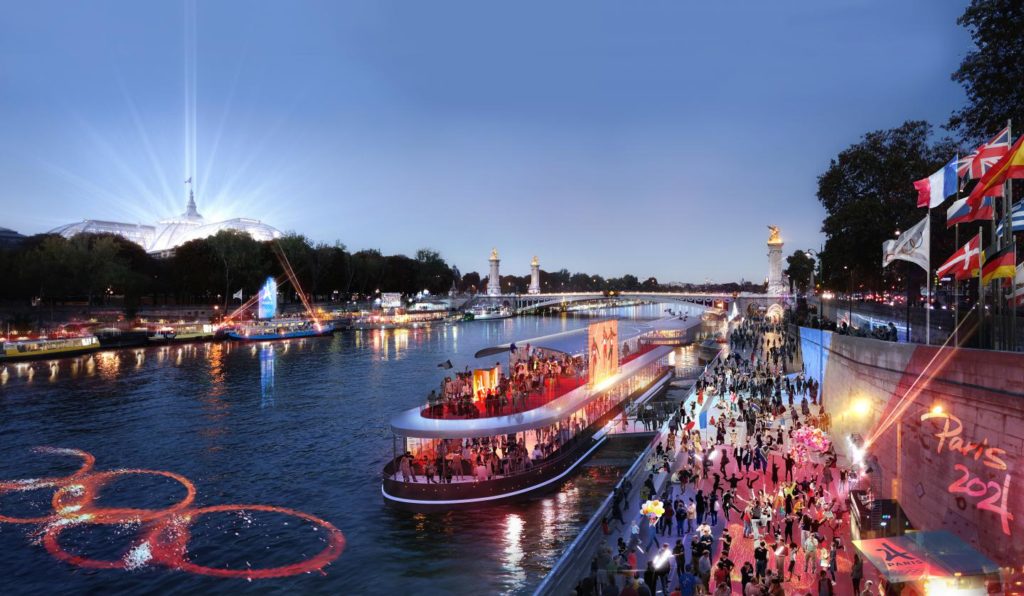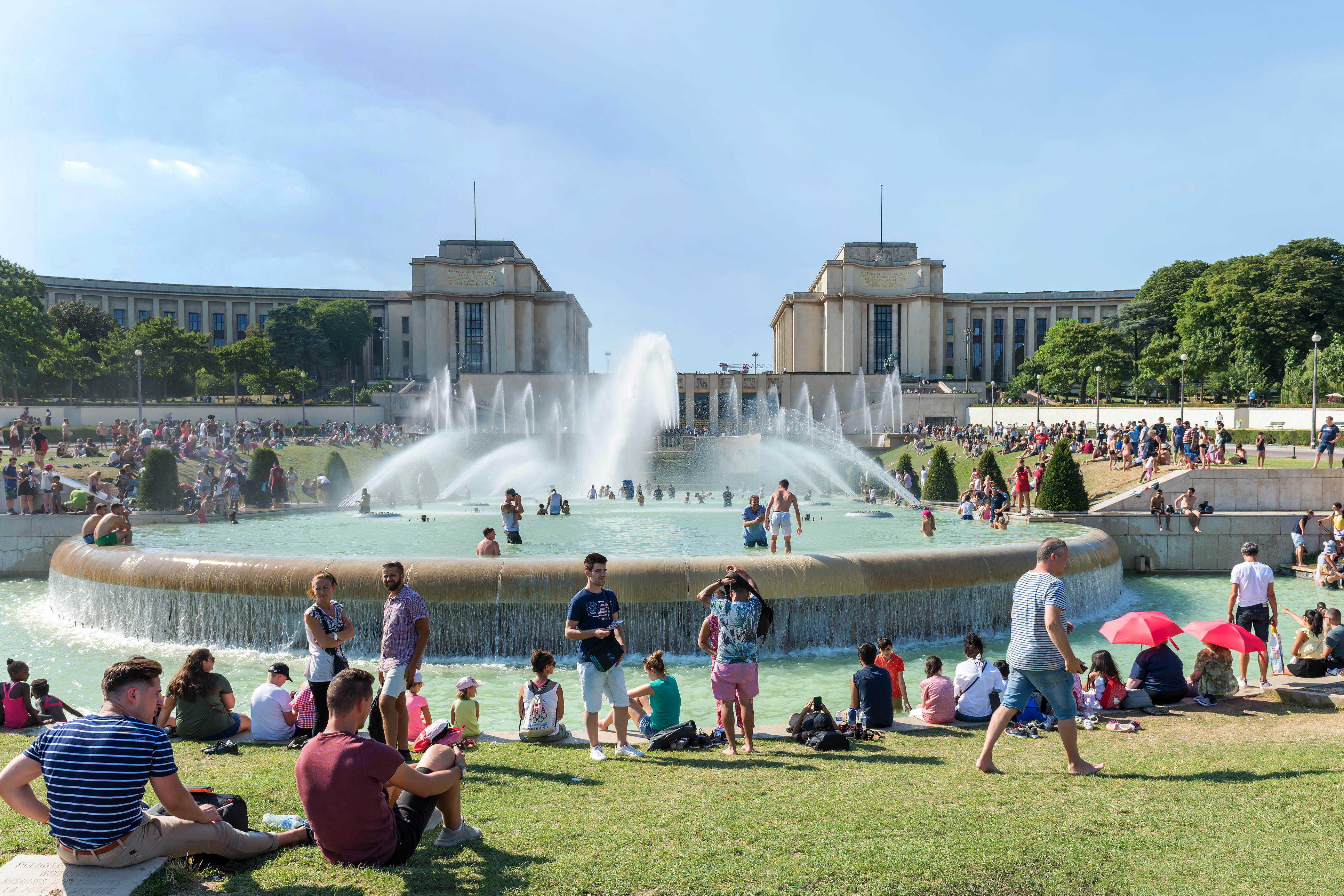This early warning system is an open source software interface that enables real-time bathing water quality assessment. Based on machine learning and/or statistical modelling, it predicts bacterial concentration in specific river sections using a set of local data such as rainfall, river flow, temperature and water quality.
The system will help to (1) manage bathing authorisations in urban bathing sites, (2) monitor the efficiency of the sanitation policy and (3) improve the real-time management of the sewer network and urban bathing sites.
Challenges
There is an increasing social demand from citizens to reduce environmental impacts in urban rivers and to benefit from urban bathing areas. Several cities like Berlin have achieved excellent water quality levels for their urban rivers and propose swimming areas at the heart of the city.

A major challenge regarding bathing water management, however, is that concentrations of fecal bacteria may show spatial and temporal variability. In urban rivers, discharges from combined sewer overflow (CSO) and stormwater may contain high amounts of fecal bacteria and contaminate bathing water quality.
In many cases, even with sufficient water quality, bathing can be forbidden as current monitoring protocols are not sufficient to protect human health. Even modern rapid monitoring approaches still need up to 12-14 hours before results are available, and traditional grab sampling does not allow tracking of pollution variability since events may occur between sampling intervals or cannot be collected for logistical reasons (e.g. if events happen at night or during weekends).
Limitations of current practices

If bathing waters are subject to short-term pollution, the current European Bathing Water Directive (BWD Article 12(c)) explicitly demands the implementation of early warning systems in order to prevent bathers from being exposed to contaminated water. However, the BWD neither provides guidance on how to implement early warning systems in practice nor defines water quality alert thresholds. Bathing water quality is assessed only in the long term by estimating parametric 90th and 95th percentiles based on monitoring data of the previous four years. The lack of specified thresholds makes it difficult for the responsible authorities to justify and defend short-term decisions about closures of or warnings on bathing sites.
Innovation
The early warning system is based on an innovative probabilistic approach. The tool translates the current approach of long-term classification according to the European BWD into real-time management for early warning, making it possible to close a major gap in current European bathing water legislation. The availability of online water quality prediction significantly improves microbial safety and reduces the risk of contamination at bathing waters. This can make it possible to establish bathing waters in challenging locations that are subject to short-term pollution (e.g. urban agglomerations). It also enables management of nothing authorisation considering modelling uncertainty and strengthening of bathing water profiles. The tool provides users with a free, user-friendly software that can be easily implemented at new bathing waters. A mobile application is proposed to inform key decision makers and citizens of bathing water contamination risks.
City tests

The early warning system integrates two main innovations of digital-water.city: an advanced machine learning model for robust early forecast of water quality and real-time measurements of bacterial contamination. The model will be deployed at selected sites over the urban stretches of the rivers Seine and Marne in Paris, and coupled with SIAAP’s sewer system real-time control to allow the optimisation of sewer management based on river water quality objectives.
It will provide information to communicate with decision makers, who decide on closing and opening the bathing places in consideration of the microbial pollution risk and public health issues, and with the general public, who will be informed on the compliance of water quality with bathing standards or any other relevant indicators.
Contact solution
KWB Wolfgang Seis : wolfgang.seis@kompetenz-wasser.de
SIAAP Jean Pierre Tabuchi : Jean-Pierre.tabuchi@siaap.fr
SIAAP Sofia Housni : Sofia.HOUSNI@siaap.fr


